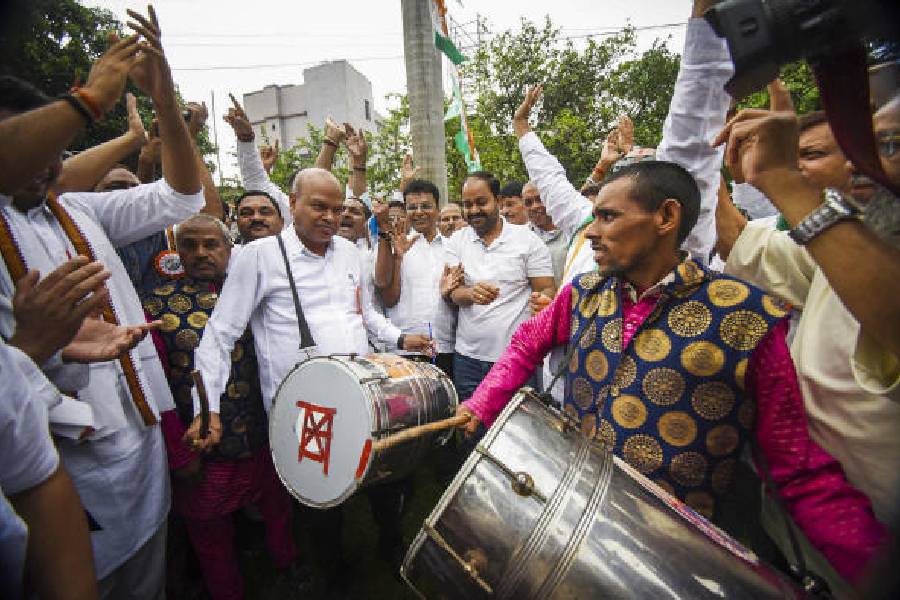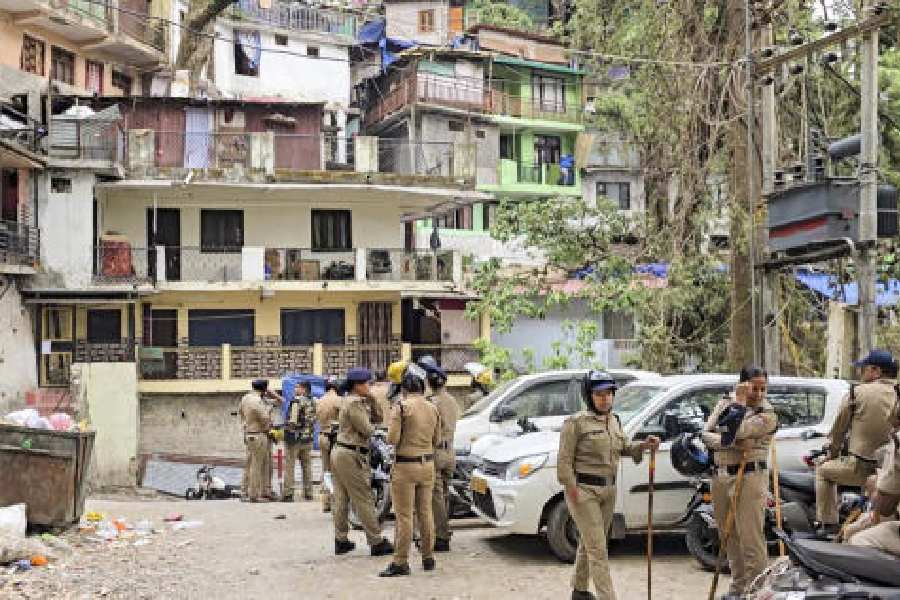It is reported that a special Tada court has accepted the plea of Abu Salem, an accused in the Mumbai serial blasts, that he should not be handcuffed by the police while being transferred from court to jail. Incidentally, in the case ‘Prem Shankar Shukla versus Delhi Administration’ (1980), the apex court had held that the practice of handcuffing by the police is objectionable. It had imposed restrictions on the police’s discretionary powers to handcuff prisoners.
The apex court intervention came as a result of a telegram sent by one Prem Shankar Shukla, an undertrial prisoner, who needs to be taken from jail to the magistrate’s court and back in connection with pending cases. A habeas corpus petition was admitted in court. Speaking through Justice Krishna Iyer, the Supreme Court felt that to be consistent with Articles 14 and 19 of the Constitution, “no prisoner shall be... fettered routinely or for the convenience of the custodian or escort”. In extreme cases, where handcuffs have to be used, the escorting party must record “contemporaneously the reasons for doing so”. The court held that classifying prisoners into “better class” or “under class” for the purpose of handcuffing was contrary to the Constitutional ethos.
The Supreme Court’s ruling in the Prem Shankar Shukla case was given in 1980. But the government issued relevant guidelines only in 1988. The guidelines prohibited handcuffing for the convenience of custodians and added that handcuffing can be avoided by increasing the strength of armed escorts or by commuting in well-protected vans. Police manuals of different states had framed rules incorporating the directives of the apex court and the government.
Weak link
Unfortunately, the rules and court orders do not take into account the practical difficulties faced by the police. Prisoners often escape from custody because handcuffs had not been used. Consequently, a number of policemen face criminal/departmental proceedings. In such cases, the errant policemen are invariably suspended. The apex court says that use of handcuffs can be prevented by increasing the number of escorts. But in practice, it becomes difficult to augment the strength of the escorting parties because of serious manpower constraints. Non-handcuffing of prisoners poses threats to the personal security of police officers. Undertrials often resort to violence. Again, prisoners are ferried in non-secure vehicles because of the shortage in prison vans.
In countries like the United Kingdom and the United States of America, handcuffing is viewed as an accepted practice while effecting arrests and escorting prisoners. In the UK, there are case laws pertaining to the use of handcuffs. In Australia, the Police Service Handbook of the state of New South Wales states that an officer is justified in handcuffing prisoners if they try to escape or to prevent them from hurting themselves or causing injury to others. American courts have also justified police officers handcuffing prisoners while taking them to jail. This way, a suspect cannot grab a weapon and attack the escorting police officers. While interpreting Article 3 of the Human Rights Convention that upholds freedom from degrading treatment, the European Court of Human Rights states that handcuffing can be ordered to restrain a person during a lawful arrest or to prevent him from escaping.
Senior police officers as well as some eminent lawyers are of the view that the apex court’s directions are somewhat unrealistic. Because of these practical constraints, the directive of the apex court is honoured in breach. The Parliament should frame a comprehensive law to clear the ambiguities. A larger bench of the Supreme Court may be moved to review the decision in the light of the ground realities.










